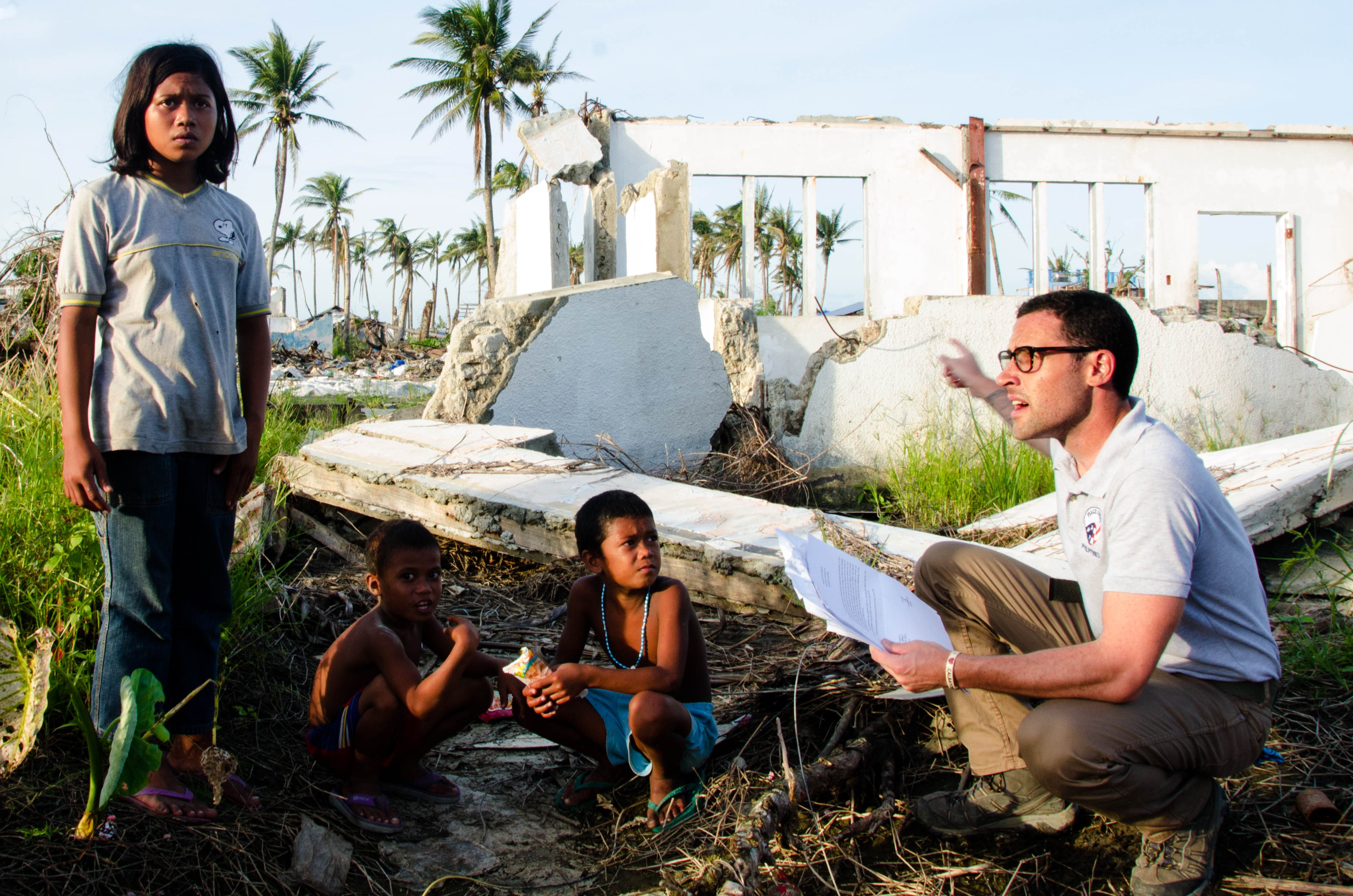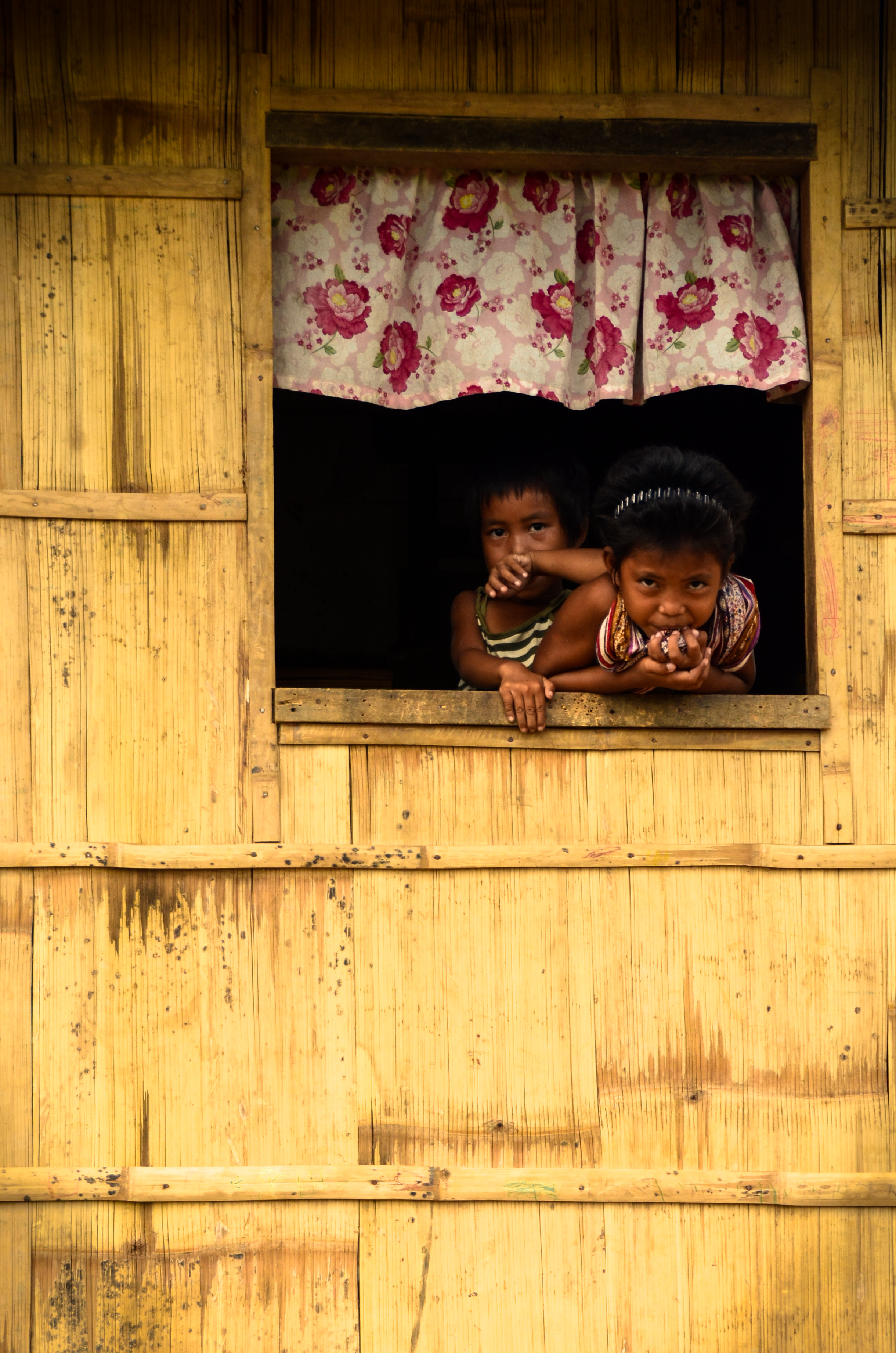This story is cross-posted on the Peace Corps Passport blog.
In December 2013, after three immeasurably rewarding years serving as a Peace Corps volunteer in the Philippines, I closed my service. I thought it was time for a healthy dose of rest and reflection, but I found rest impossible. Just a few weeks earlier, the country I had come to care so deeply about had been ravaged by Typhoon Haiyan, and I found the idea of leaving my newest friends behind in such a time of need completely unfathomable. So two weeks after ending one form of Peace Corps service, I began another when I was sworn into the Peace Corps Response program to assist with the rehabilitation efforts being made by the Millennium Challenge Corporation.
Since signing the Compact in 2010, MCC’s five-year, $434 million compact has been providing the Philippines with financial assistance for several projects, including one to train select communities in a variety of disciplines related to development. One of the three projects is the $120 million Kalahi-CIDDS community-driven development project. In this project, after various social preparation activities where communities assess and prioritize their greatest need and develop a proposal for a sub-project to address that need, the community puts their new knowledge into practice by designing and implementing a project, usually a small, basic infrastructure project, depending on their development priorities. This can be anything from a farm to market road or a rural health center, to a three-classroom school building. On the morning of November 8, 2013, Haiyan severely damaged the fruits of so many communities’ learning and labors.
My current role is to help guide and inform the process behind MCC’s rehabilitation of these essential community facilities. By utilizing my educational background in visual arts, my camera equipment, and the knowledge of local dialects and geography that I acquired during my three years of Peace Corps service, I can capture the experiences of Filipinos and share it with those who need to understand the damage and the incredible resilience of the affected people.
For every perceived win, there is at least one challenge to complement it and vice versa. Instead of hand-washing my laundry outside of my bamboo hut, I was wearing a headlamp inside of a cramped, electricity-free hotel room. My daily commute is no longer a few minutes on a bicycle; now it’s five-hour van rides to different islands or two-hour hikes in tropical heat to remote communities where people, who know nothing about me other than that I am trying to help rebuild their children's school, display rare, unheard of forms of kindness. After hours of teeth-grinding efforts to translate sentence after sentence of a survivor’s interview, I can play it from the beginning and hear a full story of perseverance, familial compassion and hope.
I hope that MCC will be able to use my documentation as a tool to rebuild infrastructure and support communities following calamities. In the process, I know that I am learning more about the power of photography. Images have the power to illustrate people's needs, to be a tool in the generation and distribution of aide, to provide voices for those who need most to be heard but don't have a soapbox from which to speak. As a result of my experience, I vowed here to dedicate myself to sharing stories and hope in this way.

M. Thomas Duggan talks with youth community members about their experience during Typhoon Haiyan.

Kids in window of yellow wall: All five school buildings in the rural community of Mataloto, a four-hour bus ride and hike from Tacloban City, were completely destroyed by the typhoon. Instead of going to school, where there are countless broken windows and jagged metal roofing hanging from heavy wooden trusses, these children pass the time safely in their home.

One of many school infrastructure projects destroyed by Typhoon Haiyan.

A massive tank, still filled with oil, sits atop a home in a community outside Tacloban. Outside, a little girl and her brother wander in the wreckage while inside, men from the power authority examine the tank to create a plan to safely disassemble it.

